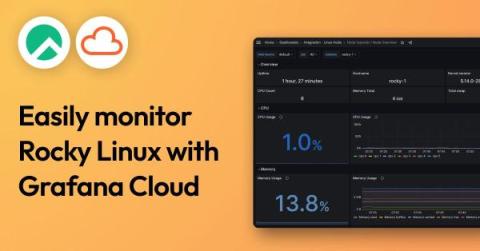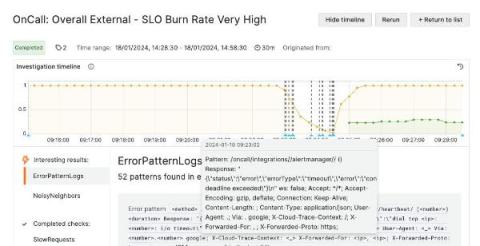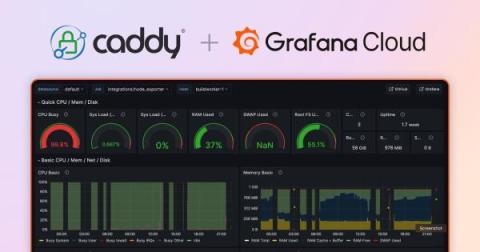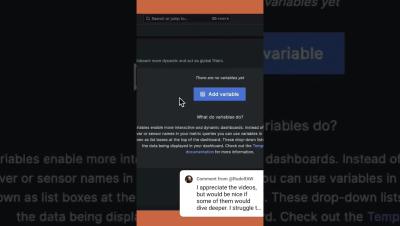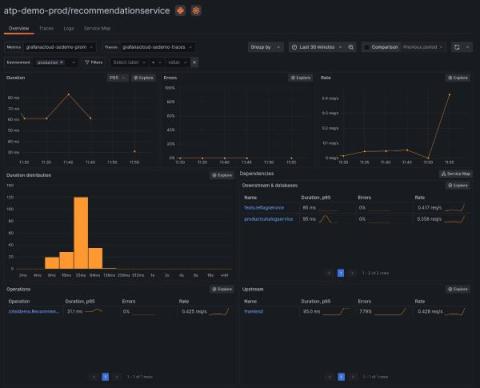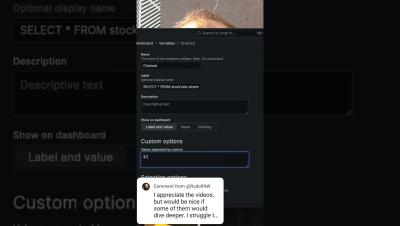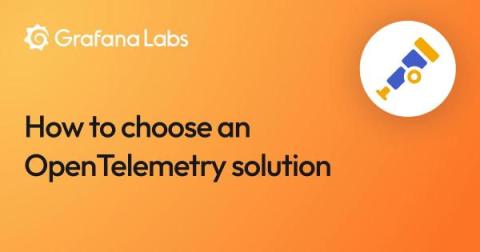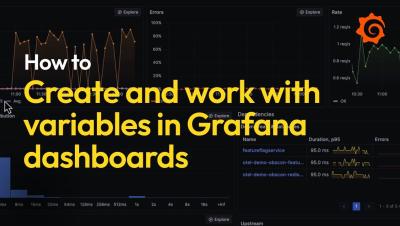The Leading Reporting Dashboard Examples
Dashboards provide an enhanced view of your most critical business metrics. With the majority utilizing both real-time and historical data, they enable you to promptly respond to current trends as well as accurately forecast for the future. Also, reporting dashboards excel when compared to static reports, in regards to presenting data and objectives to stakeholders.



